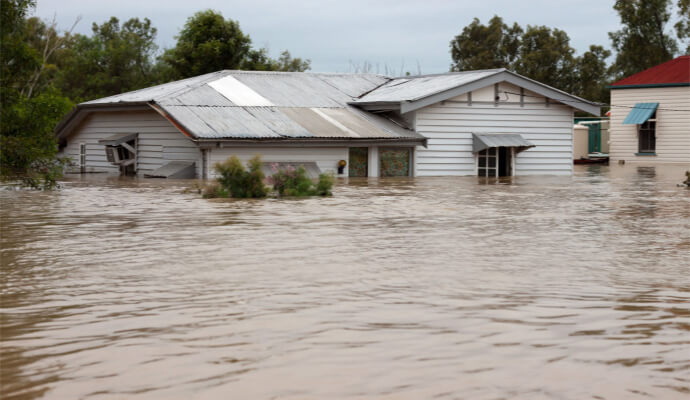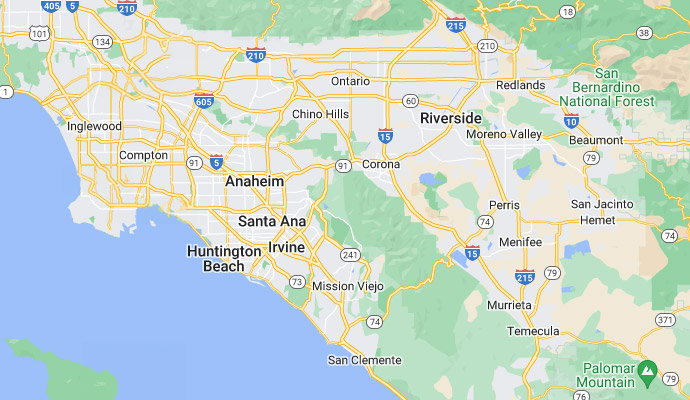
Don’t Worry, Give It Time
One of the most disastrous things we wish you never to experience is flood damage in your home. Broken pipes, leaking devices, or more severe sewer and flooded basements can cause significant problems.
Priority is closing any leak you have and the source of the problem. Once you have stopped it from more damage, you must first contact a professional to start taking the appropriate water damage restoration steps to repair and rebuild your home to normal and prevent additional damage.
Take a deep breath. It is going to be okay. Calm your fears and remember that while today might feel terrible, believe me, things will get better tomorrow.
In severe and catastrophic flood damage, the stress may also come with a deep sense of despair over the extensive damage. That is normal. The property that you have cherished and cared for has taken substantial damage. Grieve and process the loss.
This may take time. As unpleasant and hopeless as it feels now, things will improve and return to normal as you move on and overcome them. It will just take time, and it will take work, but everything will be okay again. Just breathe and grieve.
1. Call Your Insurance Company
The most crucial step in any major home disaster like flooding is making sure you and everyone in your household are safe. There are numerous things you can do to stay secure in your home.
Some restoration companies only work with one insurance agencies
2. Stay Safe
Turn off the power
If turning off the power requires you to enter or stand in wet areas, leave it and call an electrician. Never re-enter a flood-stricken home before turning off the electricity.
Protective Gear
Be sure to use protective clothing–such as rubber boots and gloves–when you re-enter your home. It protects you from injuries that can cause infection due to the bacteria-filled water in them.
Protect Your Valuables
Lift your wooden furniture from the wet areas and insert tin foil under the feet to prevent staining of the carpet. Remove any rugs that may be on damp flooring.
You may have to leave your household if the flooding is grave. Make sure it is not helpful to return to your home to begin dealing with the aftermath. Never drive through any flooded areas!
3. Start the repairs immediately.
Restoration should start within 24-48 hours after it’s clear to re-enter your household. In most situations, the damage is too extensive for one person or family. Get aid from a restoration service to stay safe.
If you happen to choose to start the process yourself, make sure you wear protective gear. Decide what is salvageable, and if it’s too damaged or no longer safe to use, throw it away.
Be informed that you may need to lift flooring and padding to stop mold from developing in your home. Furniture may also need to be thrown away or luckily get cleaned and dry out.
4. Find an Honest, Trustworthy Contractor
When a burst pipe causes a house to flood, one of the first calls people make is a plumber.
The plumber will use his expertise to prevent the leak, repair the pipe, and solve whatever plumbing issue is causing the flood damage.
Some plumbers will advise or refer to distinct restoration companies to help you remove the water and restore your property.
Occasionally there are dishonest business agreements between the two, where the restoration company pays the plumber a kickback for the referral.
Do not sign any agreements or let any restoration company start its work. Before that, your insurance company has sent an adjuster to assess your claim.
Some contractors may even do unnecessary work, and you can get stuck with the bill.
Trustworthy contractors have transparent, honest business practices and don’t receive or pay kickbacks for referrals. Their businesses are built on outstanding customer service, fair pricing, and clear and direct estimates.
Also, make sure your insurance company has approved their work.
5. Documentation
Before you start removing the water or planning for clean-up from a house flood damage, thoroughly document all flood damages with pictures or, preferably, videos.
These photos and videos will be essential to submit to your insurer as you begin the restoration process and file claims.
Take as many pictures as possible and proceed with photo documentation during the entire clean-up. The more extra information you can provide, the better, and photographic evidence tell the story in better ways.
So You will need pictures of structural and property damage. Even household items and furnishings that have been damaged or ruined.
Keep accurate documentation so that your insurance adjuster can make a precise assessment of your loss.
6. Always check for mold
Mold can begin developing right after the first 24 hours of flood damage, and once it’s started, it can be challenging to eliminate. The faster you remove items from water and begin drying them, the less likely they will be lost to mold. But if it gets worse, you’ll often have to remove the stricken areas altogether. It’s always best to stay on the side of caution and have a professional assess the situation.
Preventing Mold After Water Damage
As soon as you encounter water and flood in your home, it’s essential to take what measures you can to prevent mold. Be careful that you’re not spreading spores throughout your home as you’re trying to dry things out.
Ordinarily, it’s best to have a professional’s aid with the drying process as it will significantly drop the chances of getting mold.
In the event of mold, our company can also assist you in removing it and restoring your home to a safe and wholesome condition.
You are not alone.
A house flood is, admittedly, a challenging experience. Floods can range in severity from a minor annoyance to an overwhelming, traumatic event.
But either way, remember that you are not alone. We are professionals with years of experience and hours of training who are here to help.
Need more assistance? Call us.












